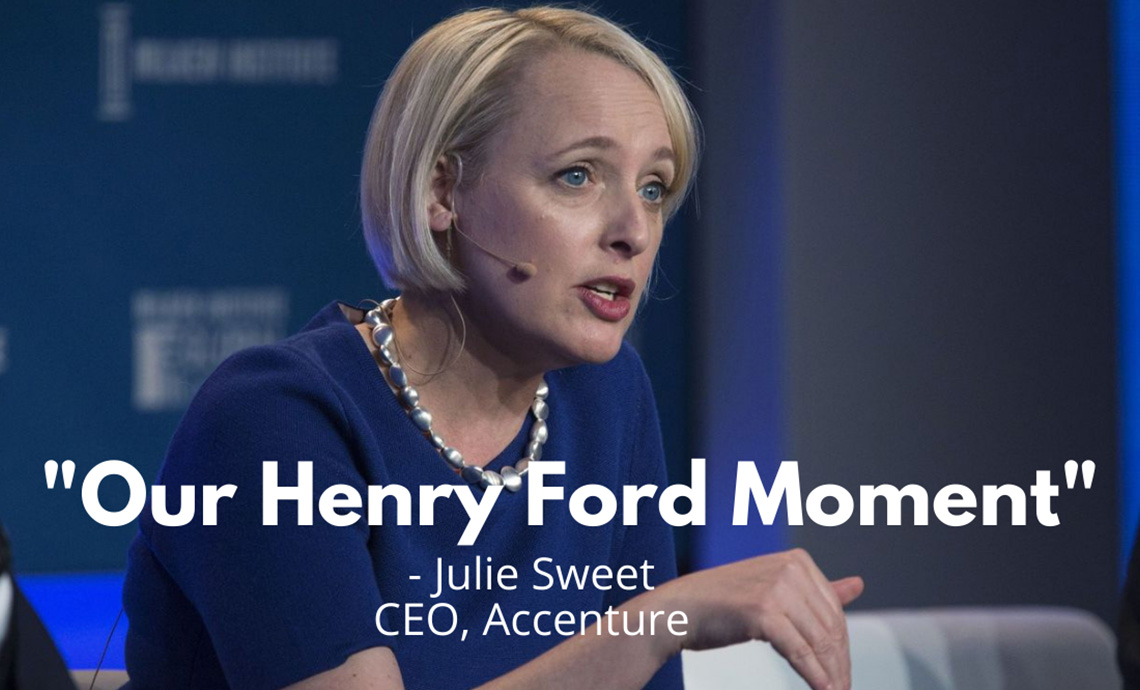Everyone is talking about data analytics because of its transformational power. We’ve compared data storage options (data lake vs. data warehouse) and discussed possibilities for hosting in the cloud vs. on premise. We even covered budget considerations. This brings us to today’s post, where we’ll discuss key features for your data visualization platform.
As with any technology selection, first consider your goals and what you’re setting out to accomplish. Depending on those, you will prioritize each of the following considerations differently, but understand that each can assist or hinder your organization’s adoption and engagement with the data. Before you set out to select a data visualization platform, we recommend considering the following:
- Organization-wide adoption
If organization-wide adoption is your primary goal, prioritize data accessibility for everyone and select a platform that’s easy to use. Tools vary in level of complexity and training, with some that require heavy training for a team of data experts and others that that require zero training for everyday business users. Self-service deep analysis tools, like Tableau, Power BI or Qlik are appropriate for many analytics use cases, both simple and complex, but are not suitable for all users because of the required training and expertise (in-house or outsourced).
- Analytics capabilities
Tools range in analytical capabilities from simple dashboards to deep dives that would accommodate even the most curious data scientists. Many dashboard tools don’t have filtering capabilities that allow you to drill down into data insights. And while they may have data from different platforms on the same dashboard, they likely won’t be able to blend it, or combine data from multiple platforms in the same visualization. Comparing data in this way brings a whole new level insight – for example, combining data from your AMS, community platform, and event management system in the same chart to display a holistic overview of member engagement.
- Connection to your existing tools and technologies
A visualization platform needs to access the data in your essential association platforms (AMS, LMS, Higher Logic, Informz, Google Analytics, etc.). Is this connection out-of-the-box or will it require building a custom integration? If the latter, what’s the level of effort and how long will that take? Is it something that can be done using internal resources, or will you have to pay a consultant to build the APIs?
- Platform licensing
The licensing for visualization tools can vary. Some tools offer a free product with limited features and charge to upgrade to more desirable capabilities, like embedding or automated data refreshes. Most paid tools are priced as a subscription model, sometimes based on the number of users and other times (like with Nucleus) charge a flat monthly fee for an unlimited number of users.
If you’re planning to adopt data informed decision making organization-wide, then licensing with an unlimited number of users will be easier and more practical. Otherwise, your organization may be tempted to only license a few, and skip out on an essential step in creating culture that truly embraces data.
Data Visualization for Your Organization
When you are shopping for a data visualization platform, you will rarely consider these factors in isolation because – as we’ve been discussing – you are building a total solution. You aren’t just picking a visualization platform; you’re setting a budget, deciding how data should be stored, and finding a hosting scenario that makes sense for you.
Ultimately, a data visualization platform must enable you to accomplish your analytics goals. If you plan to support deeper analysis by a small group of experts, you may need additional in-house expertise or consulting. If you plan to build an organizational data culture, platform adoption and ongoing engagement will be essential for your entire team. You’ll need to find a platform that is capable of performing in-depth analysis while being easy to use and accessible to everyone.


